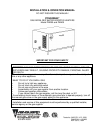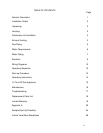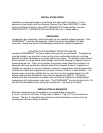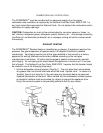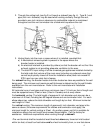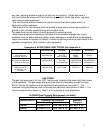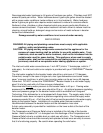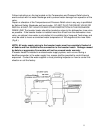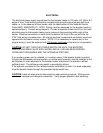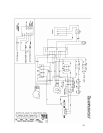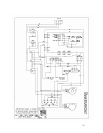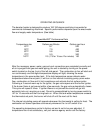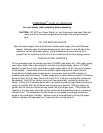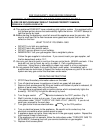2
INSTALLATION CODES
Installation must be performed in accordance with state and local codes, or, in the
absence of local codes, with the following: National Fuel Code, ANSI Z223.1 (latest
edition) the National Electric Code (NEC) ANSI/NFPA 70 (latest edition). Canada:
CAN/CGA B149.1, CAN/CGA B149.2 and CSA C22.2 No. 1 (latest edition).
UNPACKING
Immediately after unpacking, check thoroughly for any possible shipping damage. If the
POWERMAX
tm
is found to be damaged, contact the carrier immediately (15 days
maximum). Be sure to save all the packaging materials for shipper’s inspection.
LOCATING THE POWERMAX
tm
BOOSTER HEATER
Locate the POWERMAX
tm
so that all required clearances are maintained. The appliance
must be located in an area that is clear and free from combustible materials, including
gasoline and other flammable or corrosive liquids and vapors. The booster heater should
not be located in an area where water leakage could cause damage to adjacent areas or
areas below the unit. If this is not possible, the booster heater should be installed in an
adequate catch pan (preferably stainless steel) that is properly drained. If appliance is
installed on carpeting, it must be installed on a wood or metal panel extending beyond the
full width and depth of the appliance by at least 3 inches (76.2mm) in each direction. The
booster heater should be installed with no more than five feet of pipe between the 180-
degree outlet and the dishwasher rinse valve (as specified by NSF-5). If the piping
exceeds five feet, the optional circulation return kit must be installed to maintain proper
temperature at the dishwasher rinse valve. The POWERMAX
tm
may be installed up to 150
feet from the dishwasher when using the circulation kit. Call factory for details.
INSTALLATION CLEARANCES
Minimum clearances from combustible or non-combustible construction -
8” (fire 2”, service 8”) Left side, 2” Right side, 6” Back, 0” Top, 24” Front (minimum for
service). The four 6” adjustable legs allow the unit to be leveled on uneven floors by
screwing the feet up or down as needed.



